

With Domus Aurea on the Oppio hill we mean the remains of the homonymous imperial residence built by Nero after the great fire in Rome in 64.

The structures on the Opium were later buried to build the Baths of Trajan over them: for this very reason the building has been preserved until today.
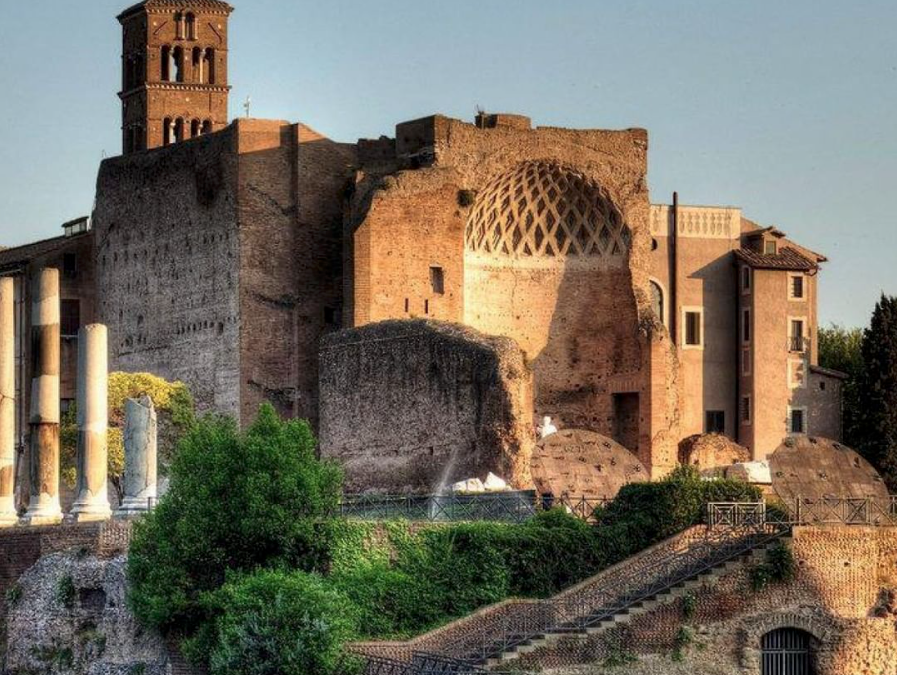
Carandini believes that the Domus Aurea as a whole was divided into two main bodies:
- the first was placed between vestibulum and stagnum and constituted the public part;
- the second was located on the Opium and constituted the private part.

When a young Roman accidentally fell into a crack on the side of the Oppian Hill at the end of the 15th century, he found himself in a strange cave, full of painted figures. Soon the young Roman artists began to be lowered on boards hanging from ropes to be able to see themselves.

The frescoes discovered then have now faded into pale gray spots on the plaster, but the effect of these grotesque decorations, in fact, was electrifying for the entire Renaissance.
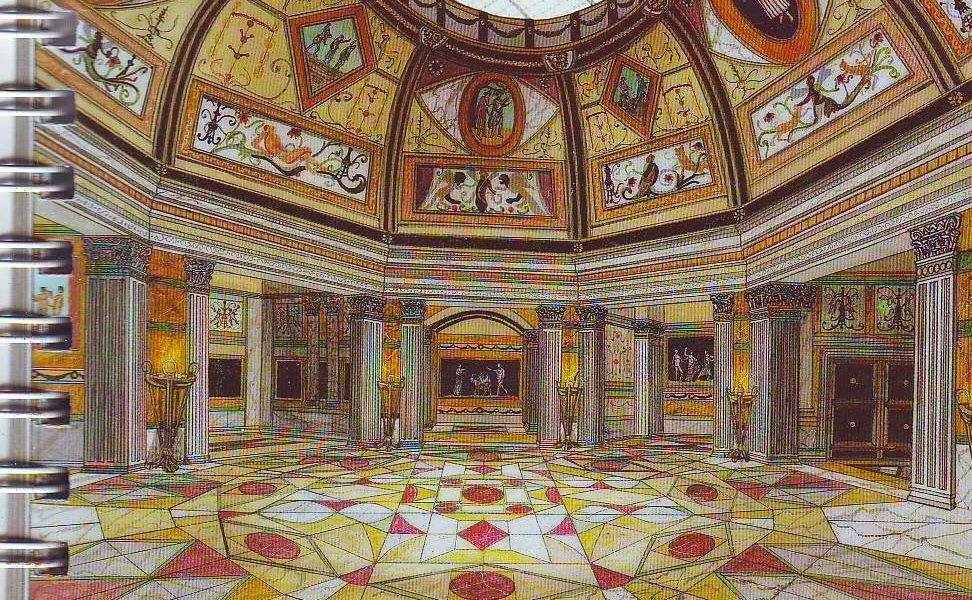
When Pinturicchio, Raphael and Michelangelo went underground and were made to go down along poles in order to study these images, they had a revelation of what the true ancient world was. They, and other artists who, like Marco Palmezzano, worked in Rome in those years, began to spread these "grotesques" to the rest of Italy as well.
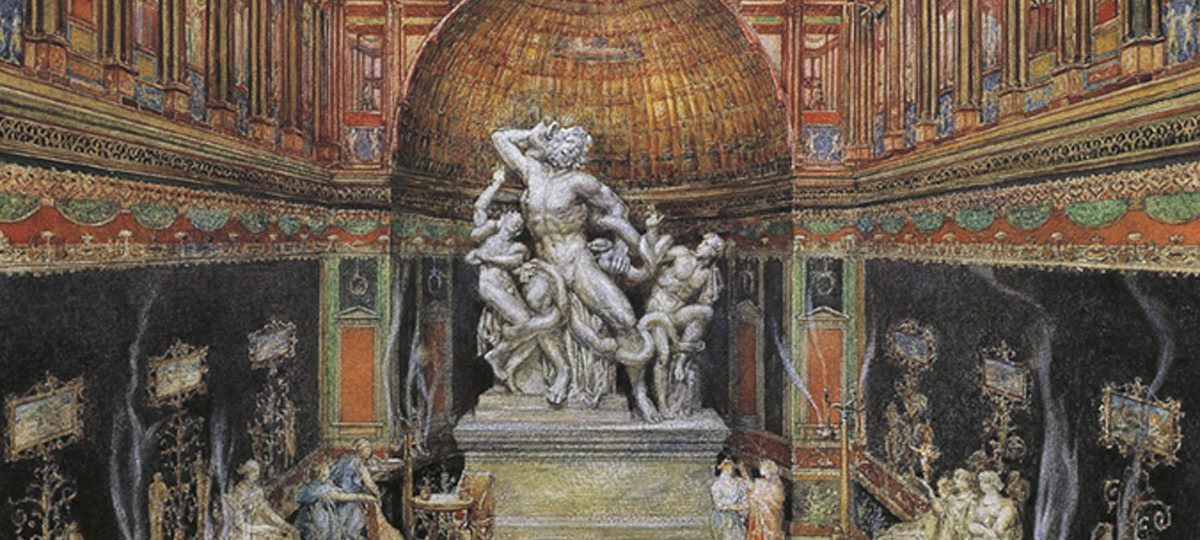
Alongside the signatures of illustrious and subsequent tourists engraved on the frescoes, such as those of Giacomo Casanova and the Marquis de Sade, a few centimeters away from each other [6], one can also read the signatures of Domenico Ghirlandaio, Martin van Heemskerck , and Filippino Lippi.

The effect on Renaissance artists was instantaneous and profound: this can be seen in an obvious way in Raphael's decoration for the loggias in the Vatican.
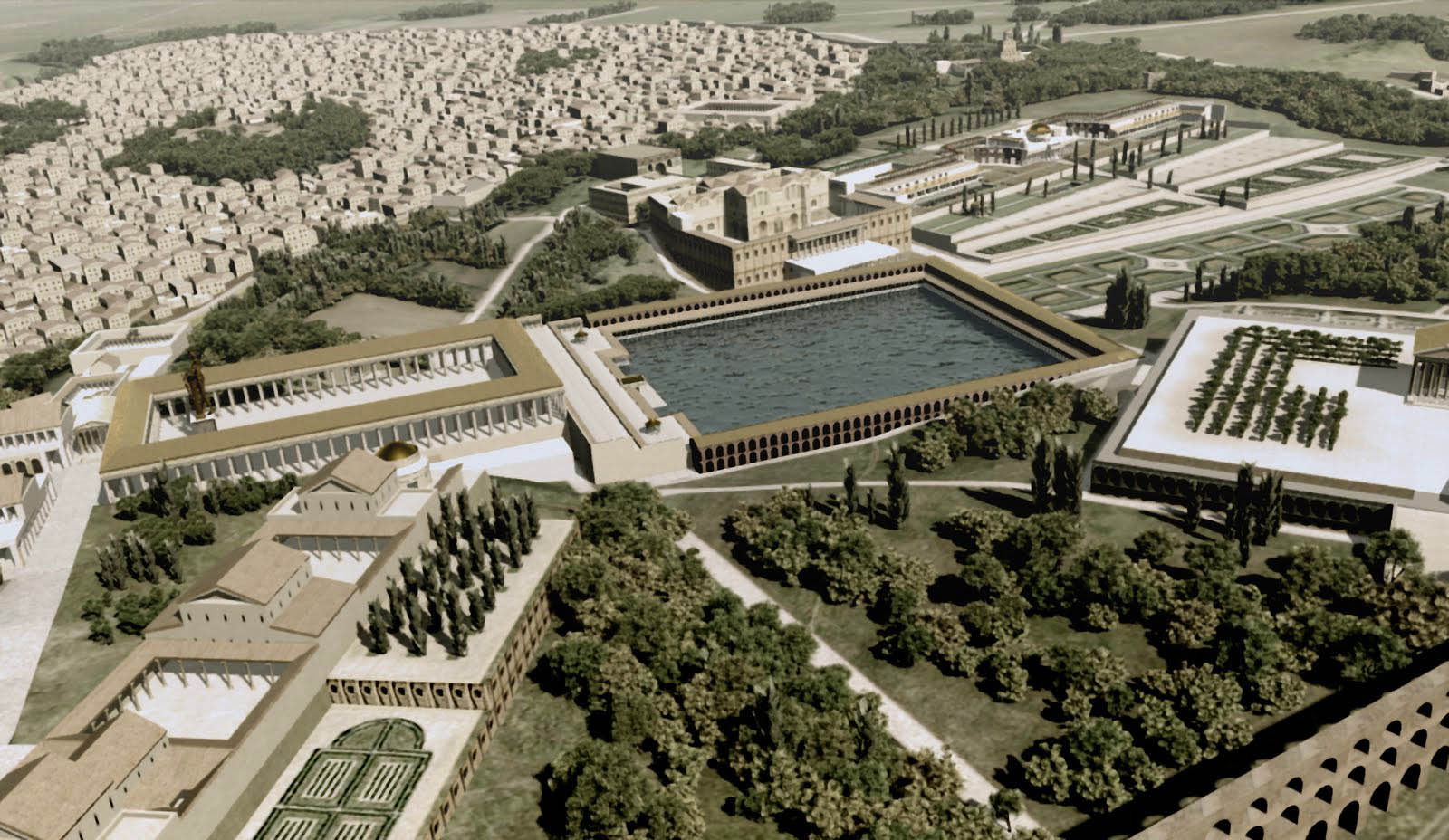
In the Renaissance the domus dell'Oppio was erroneously called Palazzo di Tito due to the erroneous identification of the baths of Trajan with the baths of Tito.
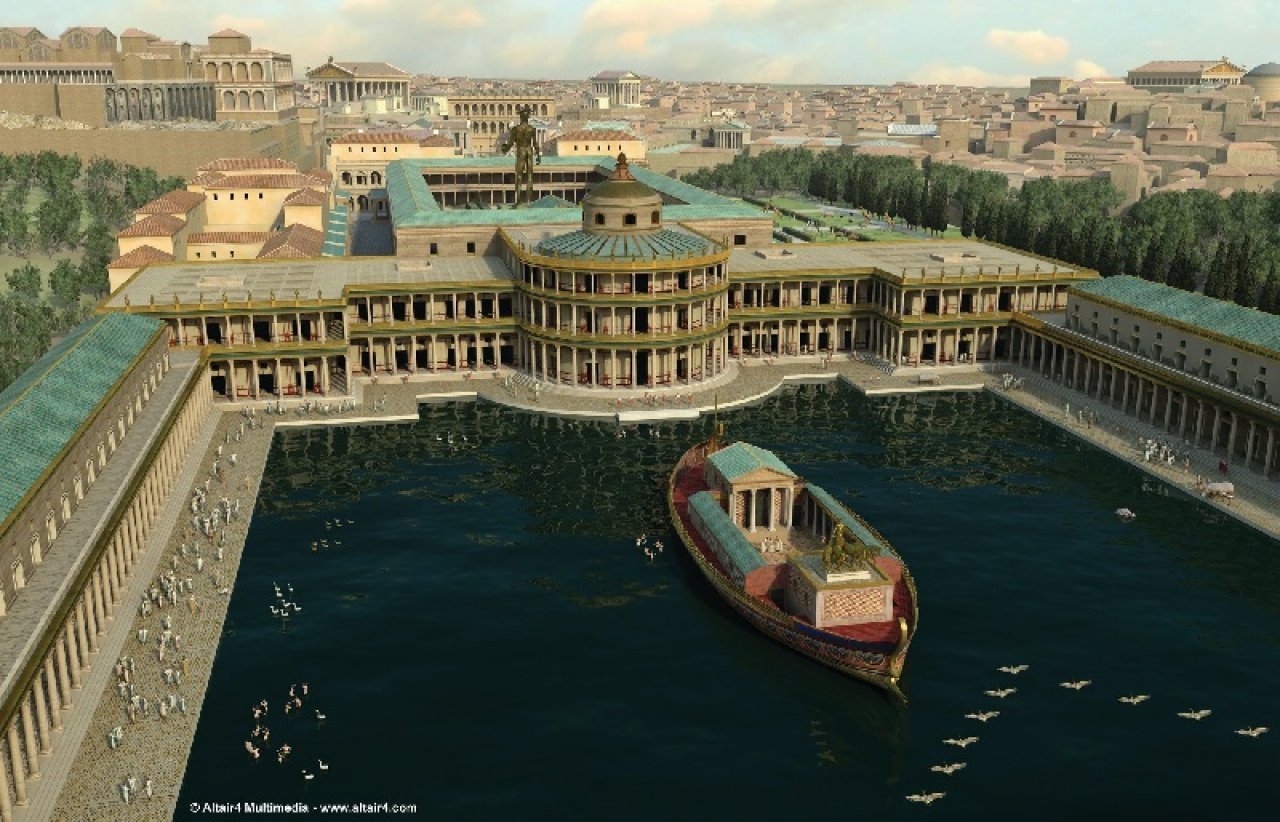
The discovery, however, also caused humidity to enter the rooms, and this started the process of slow, inevitable decay. The collapse of a part of the ceiling was also attributed to the heavy rain. The reopening of a part of the complex, closed immediately after the collapse, was scheduled for January 2007, but the monument continues to suffer from a risk situation, due to traffic, the roots of the trees in the garden and other problems concerning the area, which prevent further excavation and exploration.
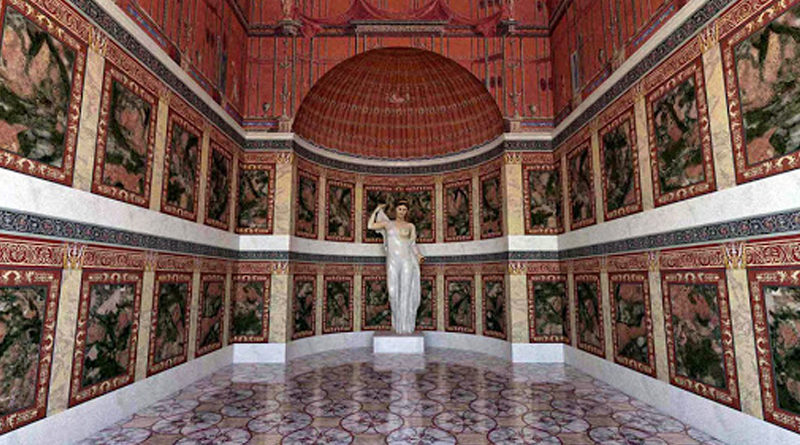
In May 2019, during restoration works, the archaeologists of the Colosseum Archaeological Park accidentally discovered an environment never explored before.
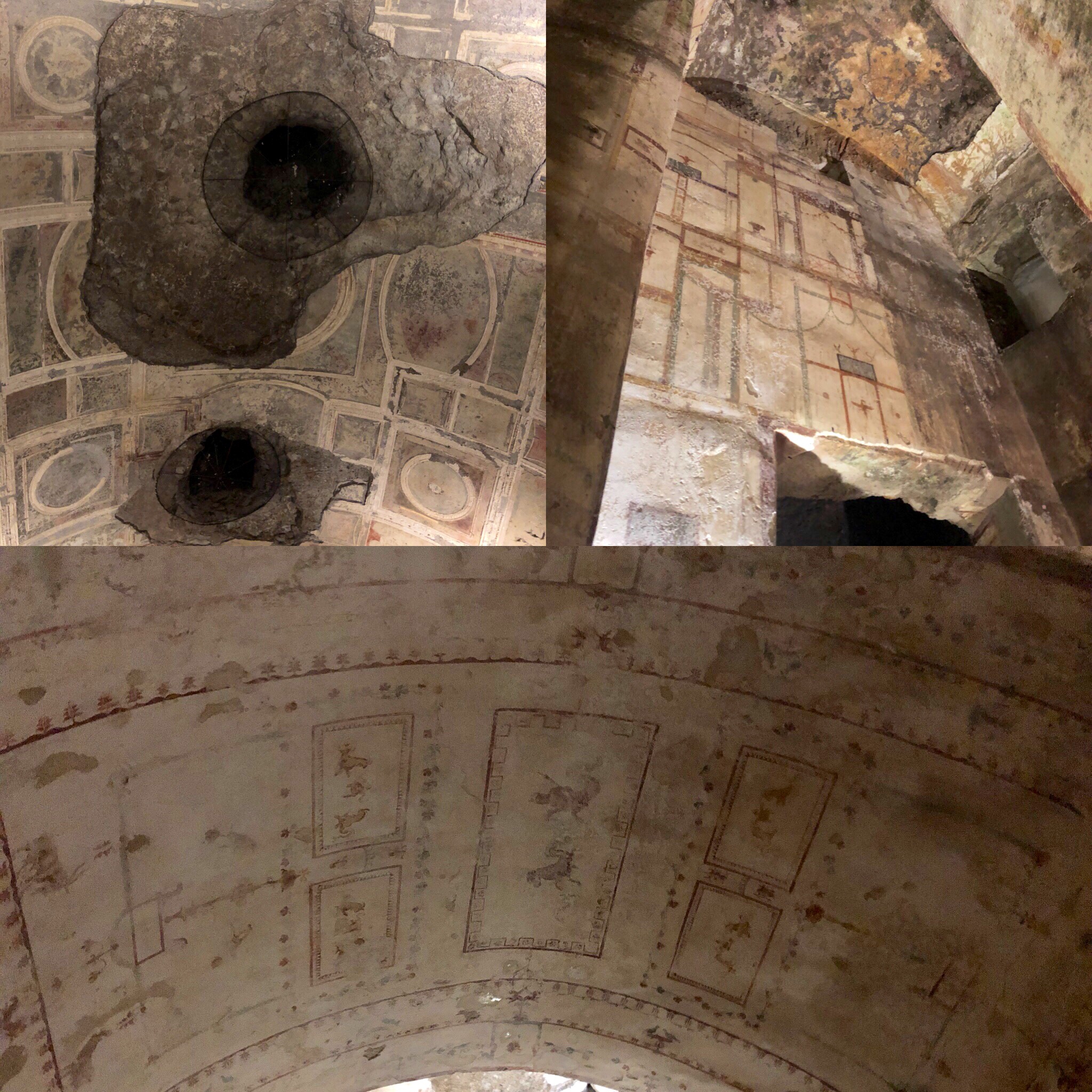
It is a vaulted room 4.5 meters high, with walls decorated with well-preserved frescoes depicting the god Pan, panthers and a sphinx, which has earned it the name of the Sphinx Room.
Domus Aurea - Colle Oppio
Address: Viale della Domus Aurea 1
Phone: +39 06 399 67 700
Site:
http://www.coopculture.it/heritage.cfm?id=51Location inserted by
Anna Carla Angileri